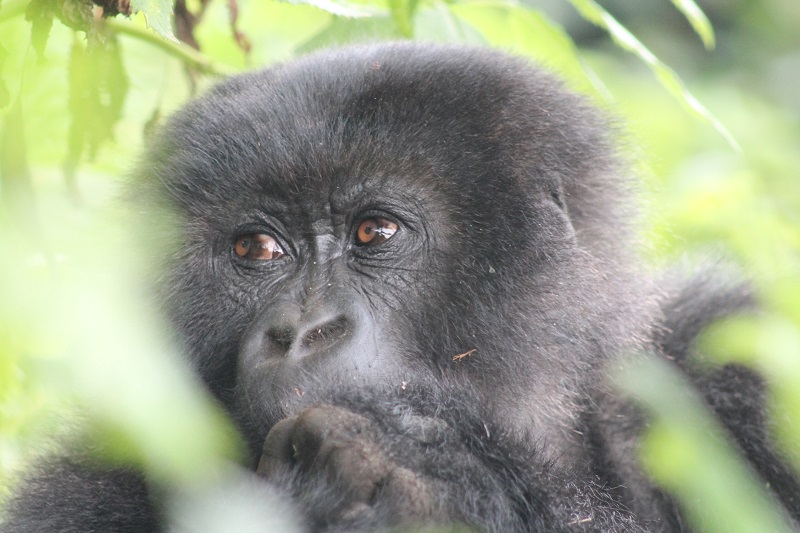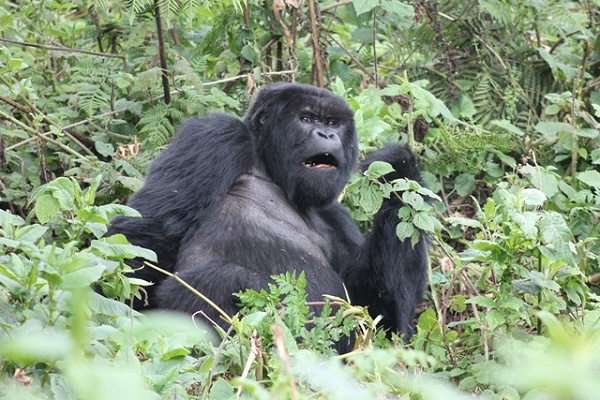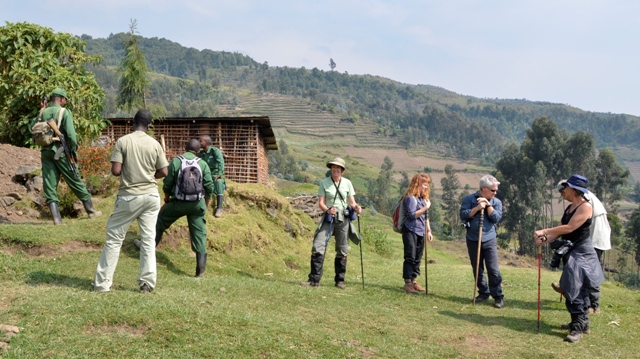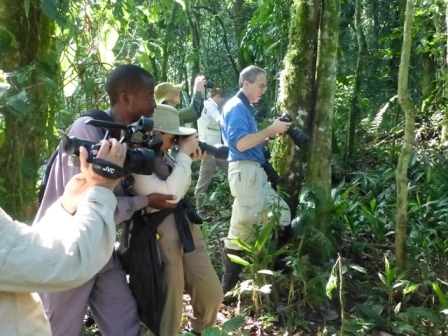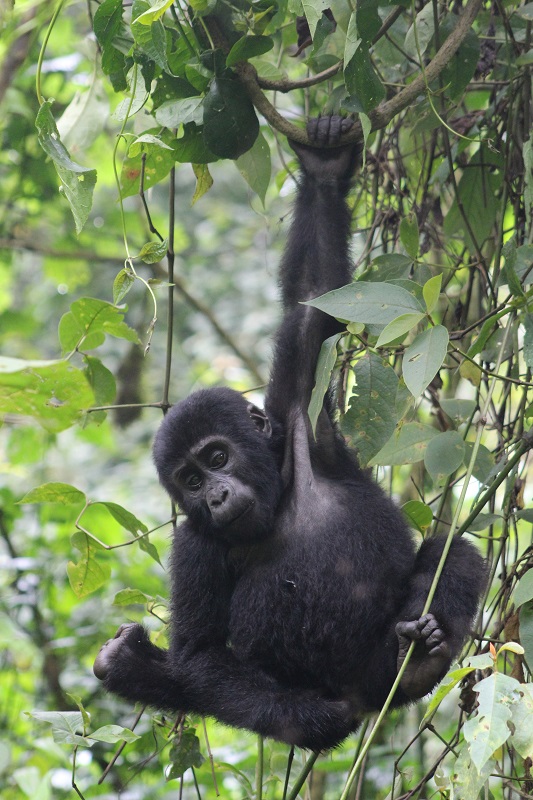
What is the best time to do the gorilla trek in Uganda? This is one of the common questions from visitors planning a trip to Uganda to see gorillas.
Others visitors also wonder and ask whether the gorilla trek is available on specific days of the week or time of the year? I will start with this question. Gorilla tracking in Uganda is done throughout the year and the tour available every single day starting in the morning. There is no afternoon start for the trek, there is only one start in the morning.
Now, back to the first question, what is the best time to trek the gorillas?
As we have seen, the gorilla trek is available every day of the year, and the chances of seeing the gorillas are virtually the same throughout the year. The best time best time will depend on factors such as;
- the type of trek you want to have as influenced by the weather and the season of travel,
- availability of and best time for other activities you would like to combine with the gorilla trek
Gorilla trekking during the dry season vs the wet season (what is the best weather for the trek?)
One of the decisions to make is deciding whether to trek during the dry season or the wet season. Uganda has two weather seasons in a year, the dry season and the wet season.
The dry season is basically a period the country receives more sunshine with less chances of rain. There is a long dry season from June to Mid-September, and short dry season from around mid-March to February. The dry season, is regarded as the best time for the gorilla trek because of the mud-free trail. The mountains can be difficult to hike during the wet season with the trails all muddy and slippery. It can also be difficult to see and photograph the gorillas during a down or under a dark cloudy in the already dense forest.
On the other hand, the wet season which is from March to May, and Mid-September to November, presents the most brilliant scenery in the mountains, if you are person who loves scenery and natural beauty. The gorillas also do not travel a lot as compared to during the dry season, hence you may find some gorilla families more easily or even faster. Also, fewer people hike during the wet season giving you a chance to enjoy time the gorillas without a crowd, a near exclusive experience.
A gorilla tour combined with the migration safari in Kenya
The great migration in Kenya and Tanzania is one of the most popular if not the most popular attraction in Africa that a lot of tourists come to witness and have an incredible safari in Africa. The gorilla trekking in Rwanda and Uganda has become a great add on tour to the great migration.
If you are planning to see the great migration in Kenya then you should plan for your gorilla trek from July to September when the plains in the Masai Mara are teeming with animals as the migration herds of wildebeest, zebra and antelope cover the plains to the horizon while the cats like lions, leopards, cheetahs feast on the easy prey.
A gorilla tour combined with the safari in Murchison Falls National Park
Uganda’s biggest park is called the Murchison Falls National Park and this is the best safaris destination in the country that provides arguably the best wildlife experience in Uganda. The park can be visited throughout the year but the drier months of June to September are favorable for a safari trip to Murchison Falls National Park due to the dry drive tracks that make exploring the park easier and the grass is dry and shorter hence wildlife is easier to see than during the rains. More on the best time to visit Murchison Falls National Park
Therefore, the best time to go for the gorilla trek is also the best time for the safari in Murchison Falls National Park.
